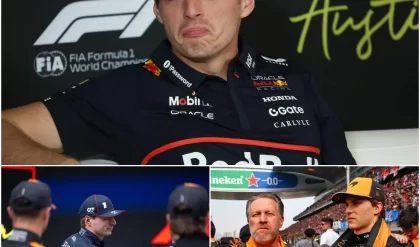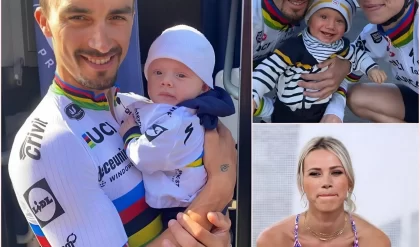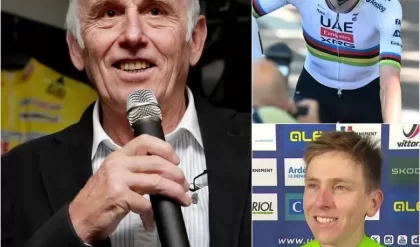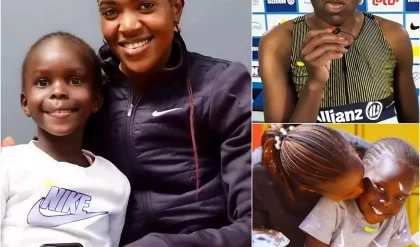Animal Charity PETA Criticises Grand National as ‘On Par with Bullfighting’ After Fatality and Reviews Safety on Harder-Than-Usual Ground
The Grand National, one of the world’s most iconic and grueling horse racing events, has once again come under fierce scrutiny following a tragic fatality during the 2025 festival at Aintree Racecourse near Liverpool. Animal rights organization People for the Ethical Treatment of Animals (PETA) has condemned the race in stark terms, likening it to the brutality of bullfighting and calling for an end to what they describe as institutionalized animal cruelty. The criticism comes amid concerns over the track’s unusually firm conditions, which experts say exacerbated risks to the 34 competing horses, leading to a fatal fall and multiple injuries.
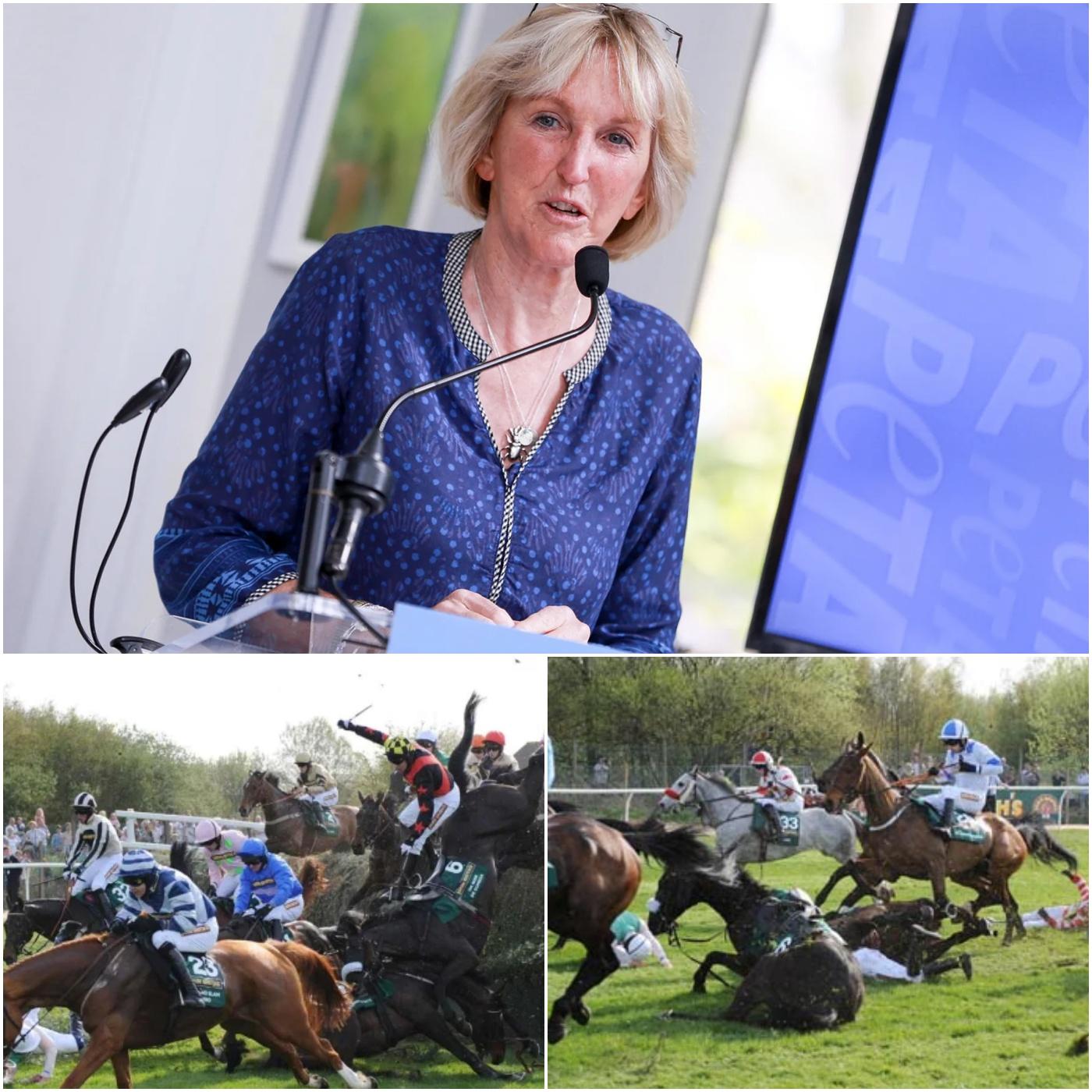
The incident unfolded on the opening day of the three-day festival, April 4, 2025, when Willy De Houelle, a promising six-year-old gelding trained by Gavin Cromwell and ridden by amateur jockey Patrick Mullins, suffered a catastrophic fall at the notorious Becher’s Brook fence. The horse, who was traveling strongly in mid-pack, clipped the obstacle awkwardly and somersaulted onto the firmer-than-expected ground, sustaining severe injuries including a suspected broken neck and shattered legs. Veterinary teams attended immediately, but Willy De Houelle was euthanized on the track to prevent further suffering. The fall also sent Mullins tumbling, though the jockey escaped with minor bruising and was cleared to ride later in the day.
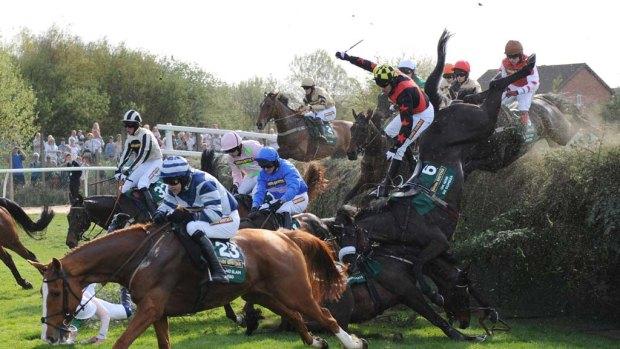
This marked the first equine death in the main Grand National race since 2023, when three horses perished during the festival, including the heartbreaking loss of Hill Sixteen at the very first fence. However, the 2025 fatality occurred not in the headline 4.5-mile steeplechase but in an earlier event, the Mildmay Novices’ Chase, amplifying calls for a broader safety overhaul. PETA UK was quick to respond, with Vice President Elisa Allen issuing a blistering statement: “The Grand National is a deadly bloodbath on par with bullfighting—glorified cruelty dressed up as sport. Horses are whipped into exhaustion, hurled over unforgiving jumps, and discarded when they break. This isn’t entertainment; it’s abuse, and the harder ground this year only proves how little has changed.”
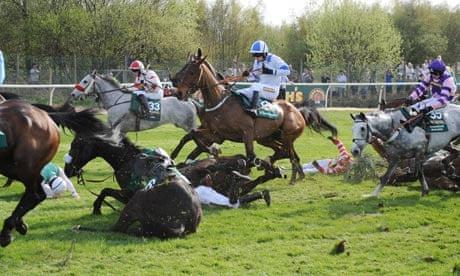
Allen’s comparison to bullfighting underscores PETA’s long-standing campaign against the event, which they argue normalizes violence against animals for human amusement. Bullfighting, with its ritualistic torment of bulls via lances and swords before a fatal sword thrust, has faced global bans and boycotts, and PETA sees parallels in the Grand National’s high-stakes jumps that often result in horses slamming face-first into the turf, fracturing bones or spines. “Decent people would riot if dogs were subjected to this,” Allen added, referencing the post-race fate of many injured horses, which are frequently sent to slaughterhouses. PETA estimates that around 1,000 retired British racehorses meet this end annually, a figure that fuels their advocacy for sponsors like Randox Health and Corach Rambler owner The Jockey Club to withdraw support.
The track conditions played a pivotal role in the tragedy, according to racecourse officials and independent analysts. Typically, Aintree’s turf is softened by April rains to cushion landings, but an unseasonably dry spring left the ground “good to firm” in racing parlance—harder and less forgiving than the “soft” ideal for jump racing. British Horseracing Authority (BHA) meteorologists noted that temperatures had hovered around 15°C (59°F) with minimal precipitation in the preceding weeks, leading to a surface more akin to summer racing tracks. “The firmer ground increases the impact force on falls by up to 30 percent,” explained equine welfare expert Dr. David Mellor from the University of Liverpool’s veterinary school. “Horses landing on hard turf absorb shock poorly, raising the risk of catastrophic injuries like those seen with Willy De Houelle.”
In response, the Jockey Club, which owns Aintree, announced an immediate review of safety protocols. This includes enhanced irrigation systems to combat dry spells and further modifications to fences, building on changes implemented since 2012. Those reforms—such as reducing the field size from 40 to 34 runners, relocating the start line to curb excessive early speed, and replacing wooden cores with flexible plastic birch—had yielded progress. Last year’s Grand National saw no fallers for the first time in history, and the overall fatality rate has dropped by over a third in two decades. Since 2000, 67 horses have died across the festival, but 13 main races passed fatality-free. Still, critics like PETA dismiss these as “token gestures,” pointing to persistent hotspots like Becher’s Brook, dubbed the “killer fence” for its steep drop and history of collisions.
The BHA’s Julie Harrington expressed condolences to trainer Cromwell, whose team described Willy De Houelle as a “gentle giant with endless heart.” Harrington defended the sport’s welfare standards, stating, “We invest millions in veterinary care and track maintenance, and our fatality rate remains lower than many equestrian disciplines. But every loss is devastating, and we’re committed to learning from this.” Aintree’s north-west regional director, Dickon White, echoed the sentiment, revealing that post-incident soil tests confirmed the ground’s firmness contributed to the instability at Becher’s. Enhanced watering will now be mandatory ahead of future jumps, with contingency plans for artificial turf overlays in extreme dry conditions.
Public reaction has been polarized. While over 150,000 spectators flocked to Aintree, donning elaborate hats and placing £250 million in bets, social media erupted with outrage. Hashtags like #YouBetTheyDie trended globally, with users sharing graphic footage of the fall—though ITV faced backlash for its delayed coverage and abrupt cutaway. Celebrities including actress Joanna Lumley and musician Brian May amplified PETA’s voice, urging a boycott. Conversely, racing fans and industry figures highlighted the event’s cultural significance, generating £800 million for the UK economy annually and supporting rural jobs.
PETA’s campaign extends beyond rhetoric; they’ve launched petitions targeting sponsors and MPs, demanding a phase-out of jump racing by 2030. “The Grand National’s fame rests on risk and spectacle, but at what cost?” Allen asked. “Bullfighting was once ‘tradition’ too—until compassion prevailed.” As the review unfolds, the 2026 edition looms, with stakeholders debating whether tweaks suffice or if radical change, like eliminating Becher’s Brook entirely, is overdue.
For now, the equine community mourns Willy De Houelle, a reminder that behind the glamour, lives hang in the balance. Whether this fatality catalyzes meaningful reform or fades into the festival’s grim ledger remains to be seen, but one thing is clear: the debate over horse racing’s ethics has never been more urgent.
